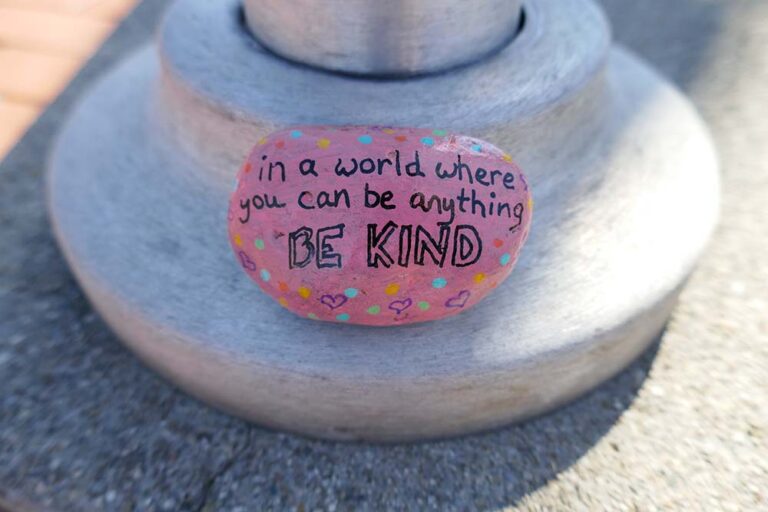The diversity dialogue has changed.
Historically underrepresented groups have spoken up about lack of support, or worse, in corporate settings for decades. Was anyone listening as closely as they are now?
The recent murders of George Floyd, Breanna Taylor, Ahmaud Arbery and others have served as a catalyst for creating conversations about diversity and inclusion efforts. Responsible corporate leaders are seeking to channel those conversations into positive advancements in organizational culture and values that support diversity, equity and inclusion goals.
DEI conversations prior to May 2020 involved the majority speaking to the minority, encouraging them to conform or assimilate in order to advance. For women, that might have looked like manufactured interest in sports or wearing more masculine clothing. For African Americans, it appeared as changes in hairstyles or muting personality traits to avoid being stereotyped as too assertive or aggressive.
In this new reality, however, when working Americans’ eyes are more likely to be open to racial inequality than at any other time in their professional careers, it’s time to create space for more two-way communication. This type of dialogue places responsibility for inclusion on an entire organization, rather than those who are negatively affected by its exclusionary policies or implicit biases. Members of the majority are now more willing to question, “What might I do that contributes to others’ discomfort or disadvantage?” And those who have felt silenced before can share what they know to be true from their lived experiences within corporate culture. This enables an organization to establish candor and transparency, moving beyond a dated diversity statement that is likely ineffectual.
I hear from executives who feel compelled to do something regarding their company’s DEI strategies and tactics in order to better leverage the diverse skills, behaviors and perspectives of all employees. But they don’t know where to start. Here are the first four actions I recommend to leaders who are ready to address the reasons for, and impact of social unrest, within their organizations:
- Charge communications and HR professionals within your company to craft opportunities for employees to share their experiences and what role they believe diversity and inclusion can play in business outcomes. Facilitate two-way conversation to promote honesty and understanding of varied viewpoints.
- Capture, assess and communicate feedback. Communicate topline themes to all employees. Outline leadership’s next steps based on the information shared.
- Prioritize top action items and link them to corporate values and business objectives.
- Build trust by using active listening, displaying understanding, two-way communication and asking how a person can be an ally so that teams/individuals can have a strong foundation for collaboration and innovation.
This is not a sprint.
Many corporate leaders are in a rush to get something done quickly. But checking off boxes won’t lead to continuous positive change. The commitment should be to achieving DEI goals in the most effective, sustainable manner. Team members need to hear that there is commitment to change, visible through methodically taken substantive and measurable steps.








